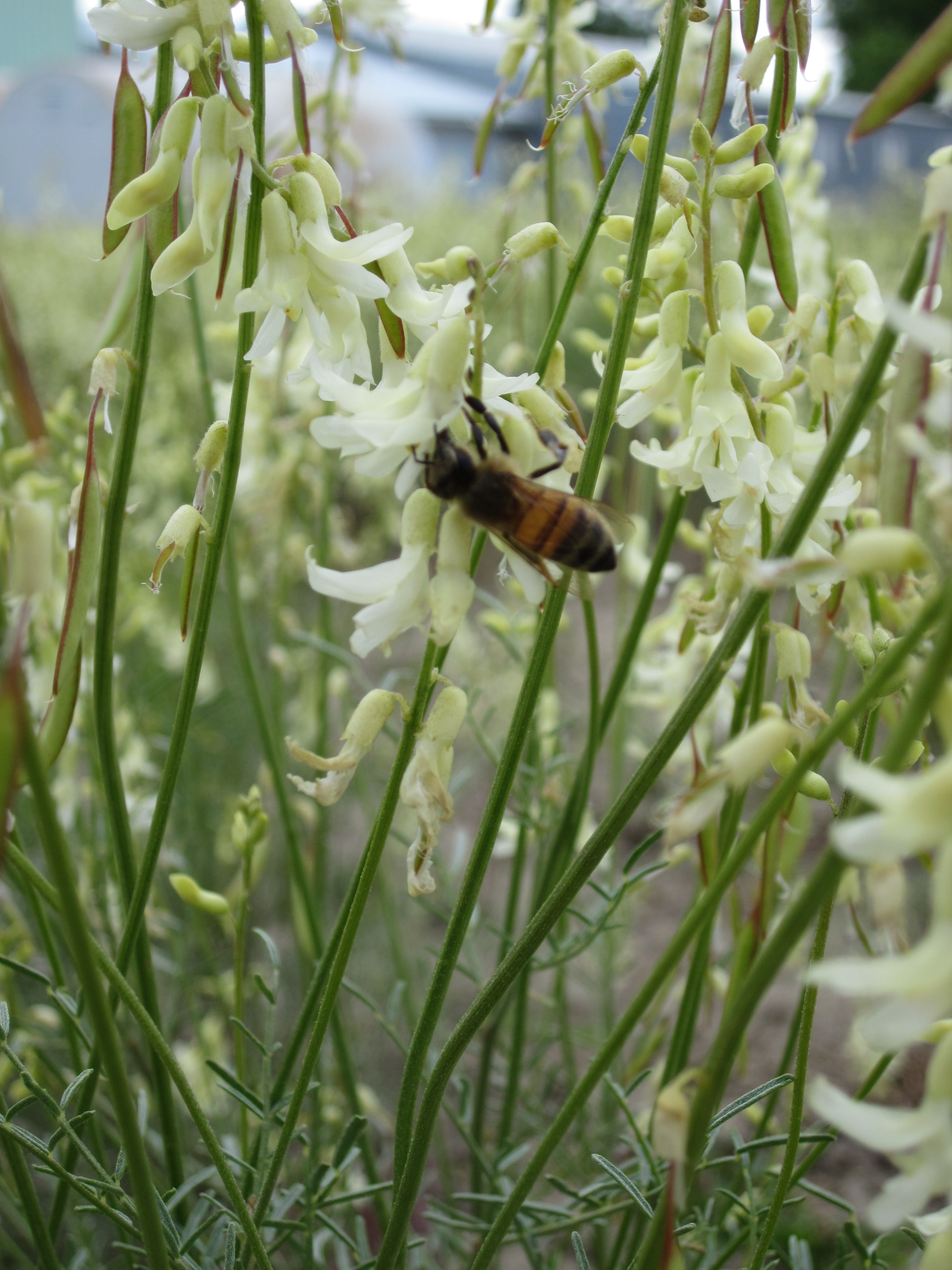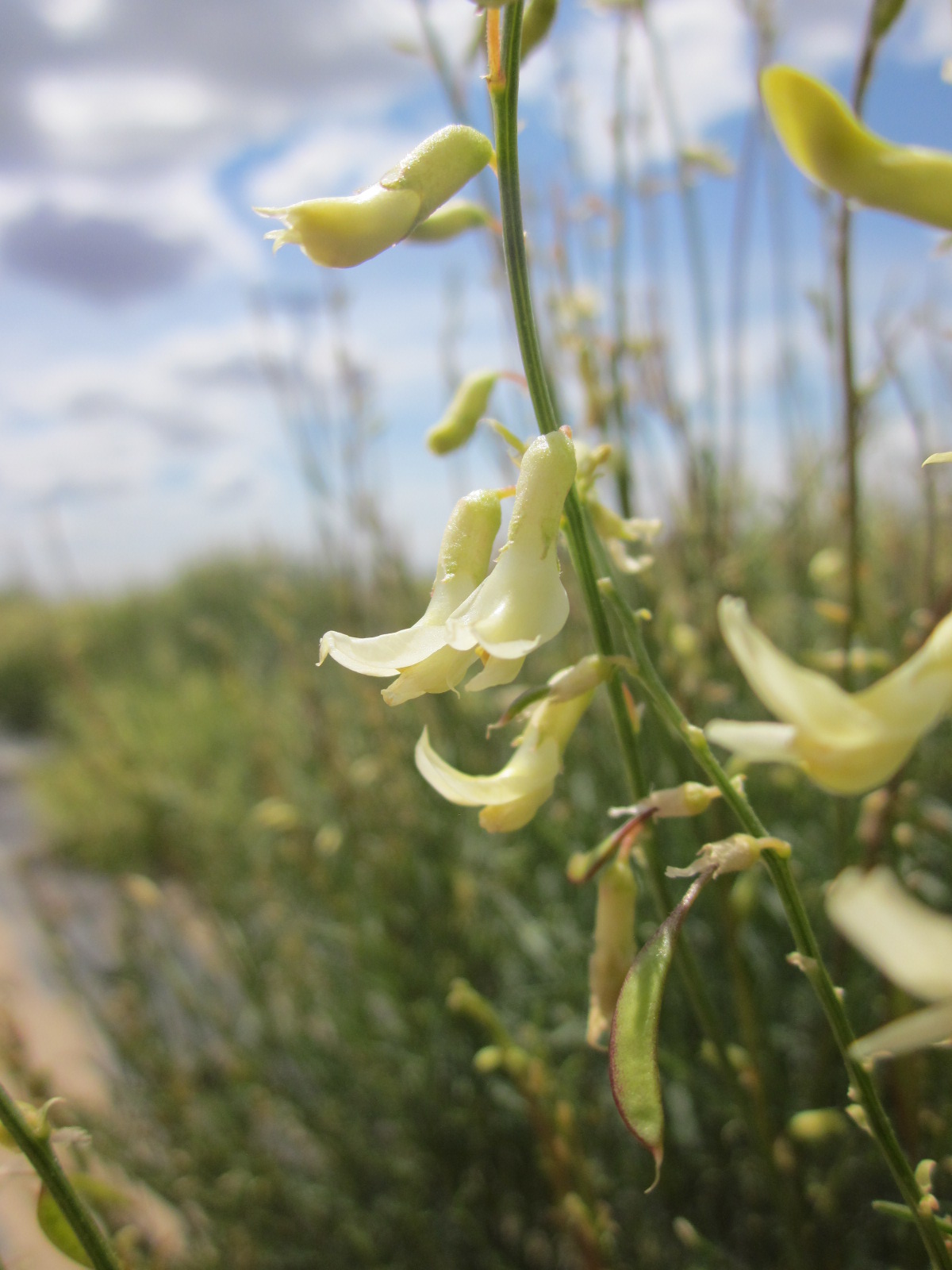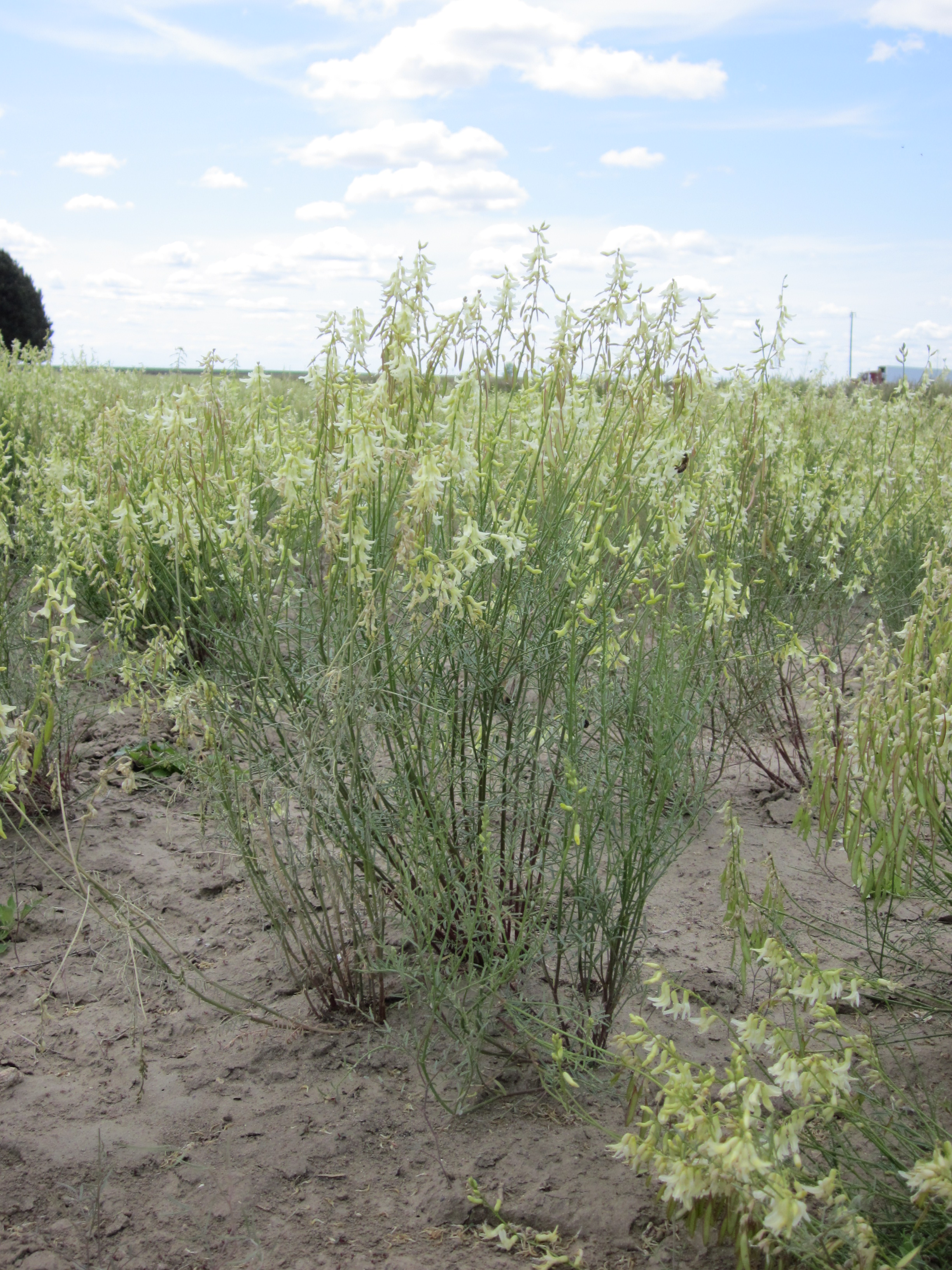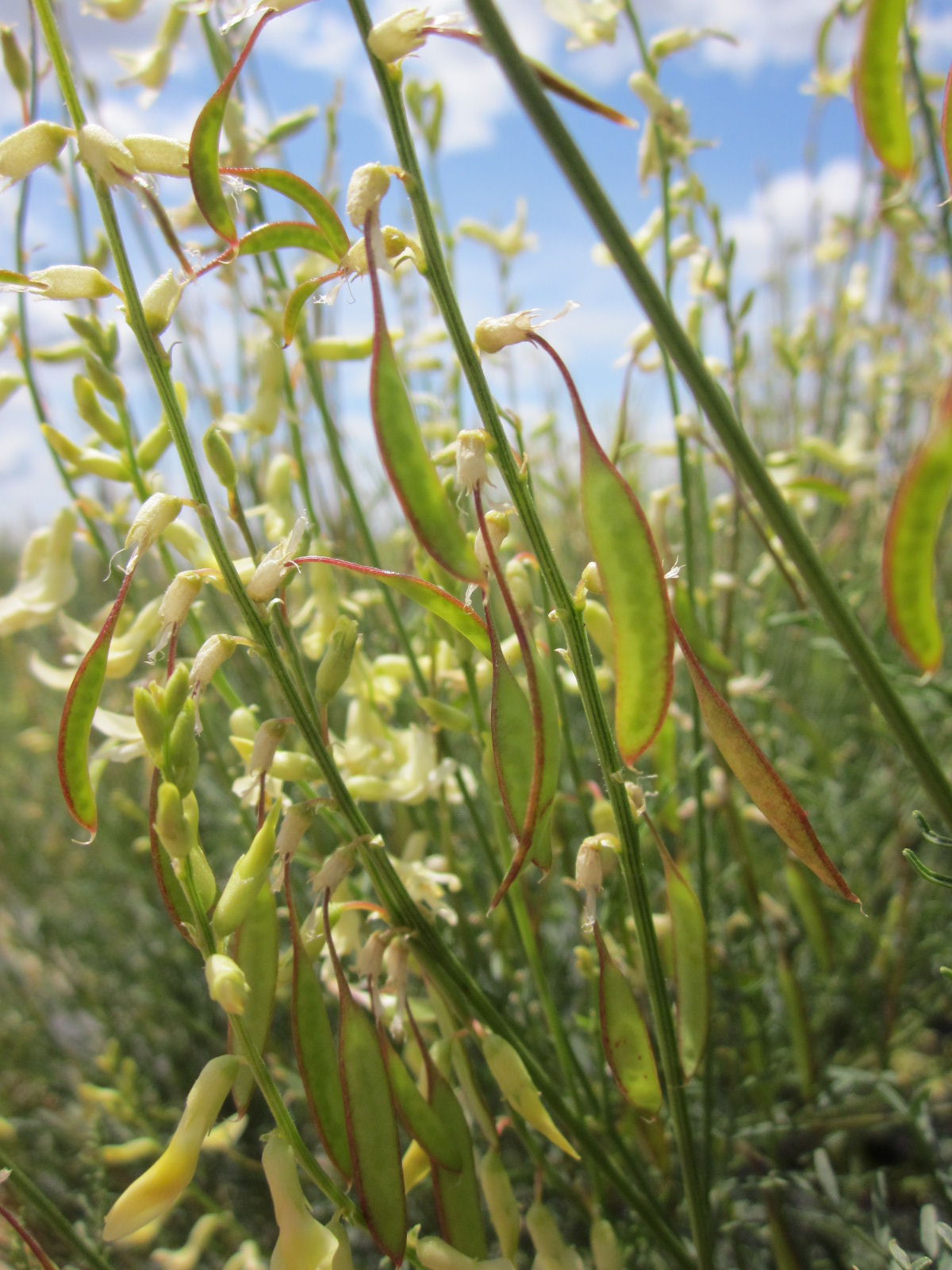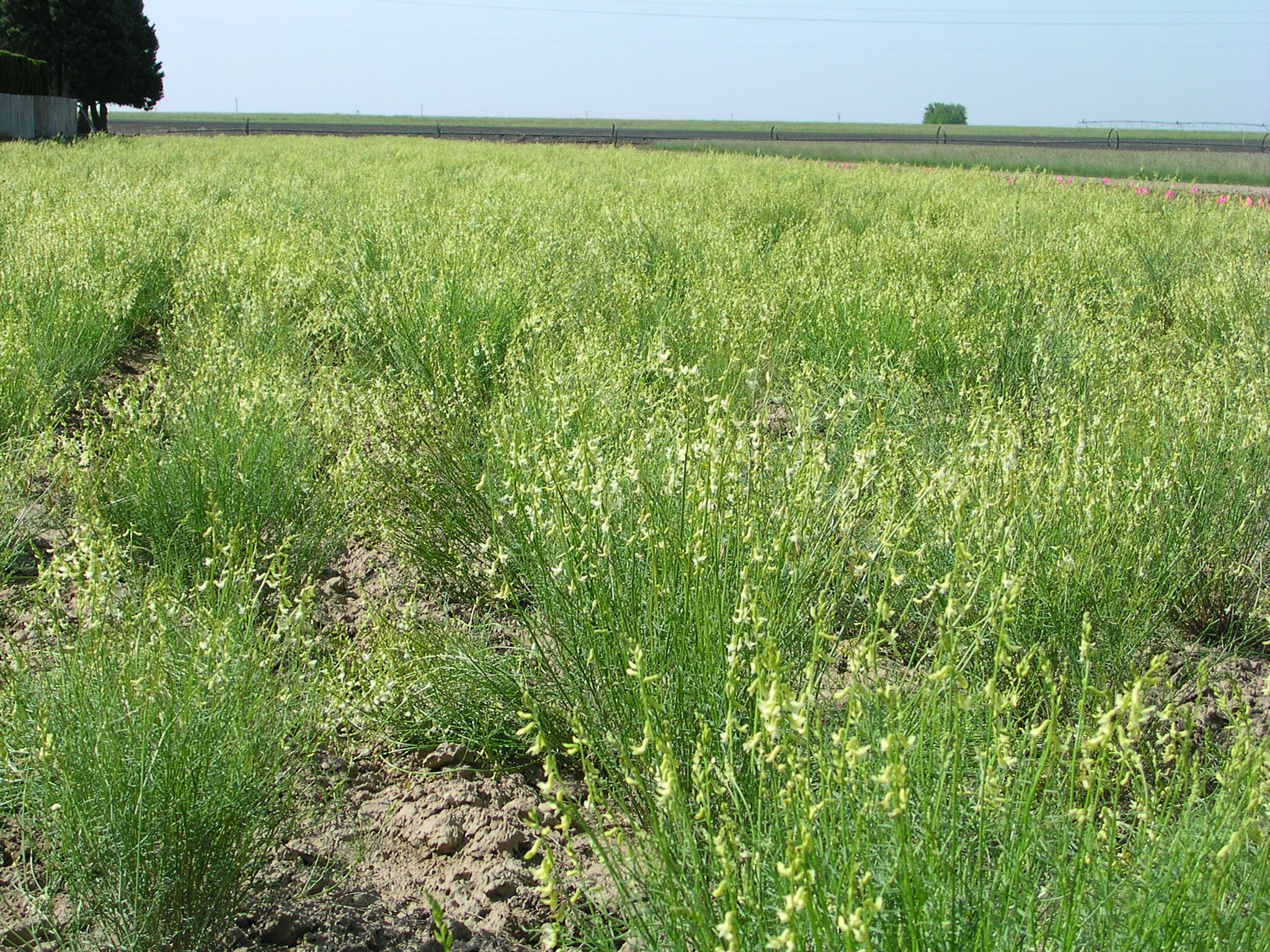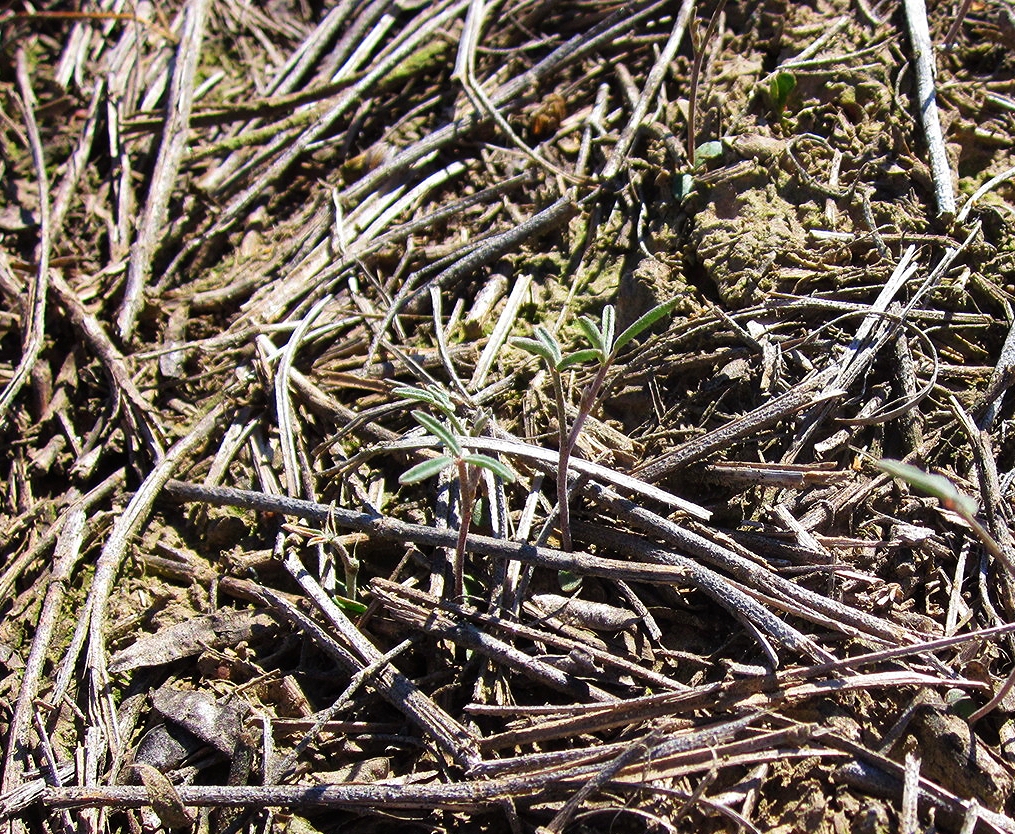Astragalus filipes (Basalt milkvetch)
Drought tolerant, long-lived perennial native legume with showy pale-yellow to creamy white flowers, blooming April to July. Widely distributed and abundant on western arid and semiarid sagebrush steppe and open woodland ecosystems, from northern Mexico to southern Canada, often occurring in large colonies; up to 9,000 ft. elevation. Prefers coarse to semicoarse soils, commonly basalt derived. Some ability to develop new shoots from lateral roots. Good colonizer after fire and competes well with cheatgrass. Use for revegetation, reclamation and habitat restoration on sites with increased fire frequency. Nontoxic to livestock and wildlife. Provides food for sage-grouse during the brood-rearing stage. Excellent pollen and nectar source for pollinators, including numerous species of native bees. Varieties listed below.
DISTRIBUTION / ADAPTATION
INFORMATION & ATTRIBUTES
Family: Fabaceae
Duration: Perennial
Growth Habit: Forb
Native Status: Native
Growth Form: Single crown
Mature Height: 12-40 in.
Bloom Color: White to pale yellow
Bloom Period: Late Spring
Annual Precipitation: 10+ in.
Drought Tolerance: High
Shade Tolerance: Intolerant
Elevation:
Fire Resistance: No
Fire Tolerance:
Nitrogen fixation:
SOIL ADAPTATION
Coarse Texture: Yes
Medium Texture: Yes
Fine Texture: No
Salinity Tolerance: Low
CaCO3 Tolerance: Medium
pH Range: 5.8-7.3
SEEDING NOTES
Seeds per Pound: 120,000
Seeding Rate: PLS lbs/acre
Season: Fall/Spring
Days to Germination:
VARIETIES & LOCAL ACCESSIONS
Dry River - Source Identified selection from Deschutes County, OR averaging 9-12 in. annual precipitation.
NBR-1 - Use for fire rehabilitation, restoration and wildlife and pollinator habitat enhancement. (Released 2008)

